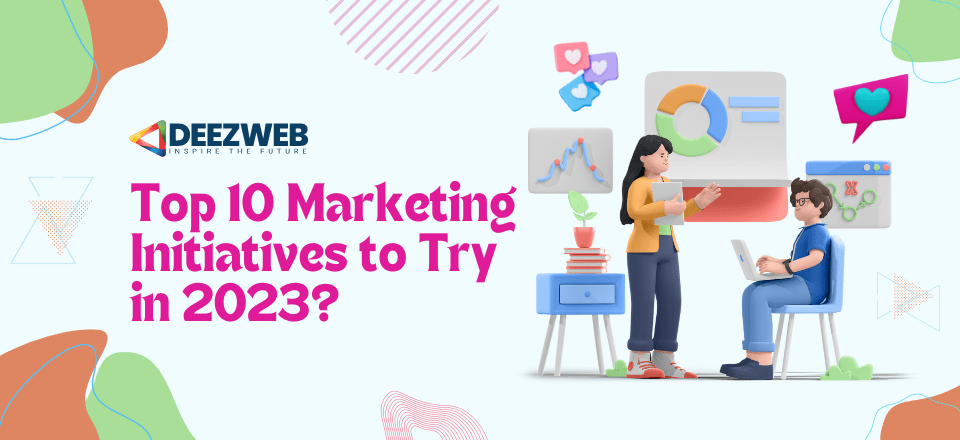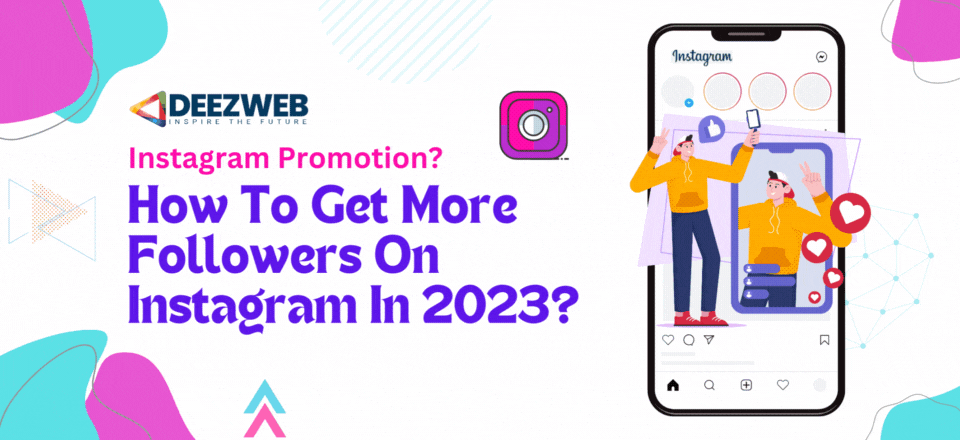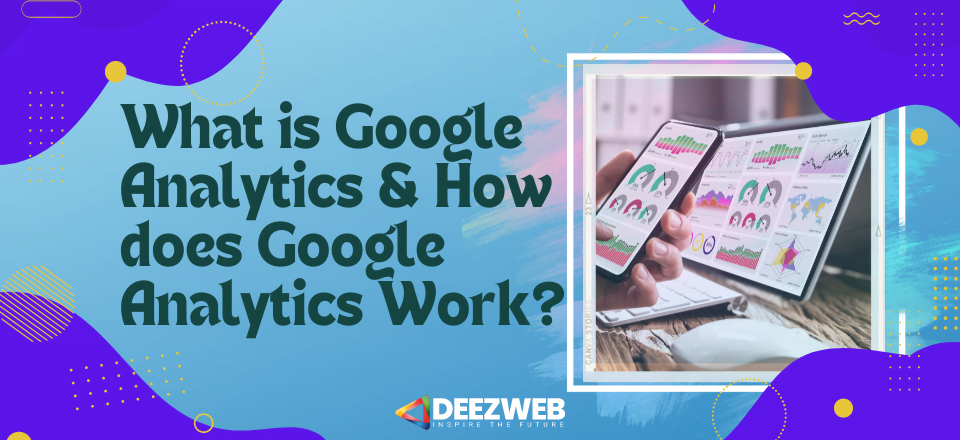As we know that this era is of digital. In this case if you do not know what is Digital Marketing, then maybe you might be a little behind. I am saying this because we have to walk with our changing age, otherwise we will be left behind. And this thing applies in business too. The days went by when people used to go home and talk about their things, this kind of strategy is not like a masculism to walk on today’s roles. Because it is a waste of time and it is almost impossible to reach so many people in such a short time.
In such a great way Digital Marketing has a great way to market your products. Through which companies can reach close to their targeted customers in very short time. If we talk about the past few years, we will find that the nature of advertisements has changed quite a bit. Earlier, people used to run their advertisements at a place where most people were seen, such as TV advertisements, radio and all the methods were implemented. But this thing is no longer effective because in today’s era, if you get the maximum number of people, then the place is Social Media or Internet. In such a situation, if you have to reach your advertising to millions of people at once, then you have to leave the traditional traditional marketing funds and move towards Digital Marketing.
That’s why I thought today why you should be given information in detail about Digital Marketing so that you can also know about this new Concept Digital Marketing. Then let’s start delaying and know what exactly is this digital marketing and how it works.
What is Digital Marketing
Digital Marketing is a term of two words : Digital and Marketing, Digital is here with the Internet and Marketing is related to advertising. I mean to say that this is a way in which companies do marketing their products through electronic media, which is quite different from the traditional way. Here digital marketers have to experiment different marketing campaigns and sell them to sell a company’s product. They have to analyze these marketing campaigns how people like things more and who do not.
They also have to see that people see some kind of things, they attract more attention to their attention, and seeing what things they buy things. In order to do these digital campaingn, they use other digital media such as mobile messages, mobile apps, podcasts, electronic billboards and radio channels.
So what I mean to say is that digital marketing is similar to a large umbrella within which all our online efforts are endured. This digital business is mainly used by Google Search, Social Media, email and other websites, to connect with as many people as possible. The reality is that nowadays people spend most of the time online than the first time. That’s why even now the business model has changed to a great extent, so now people of offline marketing are not using much, but now <strong> Online Marketing </ strong> is proving to be more effective. Because now it is true that marketing is the right way to connect with the right audience in the right place and in the right time. So you have to think about where you can meet these people so that you can grow your business. And the answer is online.
Why digital marketing is so important
Now it comes to the fact that why this digital marketing is so important. So, I want to tell you that today’s Digital Media is so much open that today everyone has many sources of information. They can get any information at any time and in any place. Now the days are not there when they depend on text messages and they could see the same thing about which marketers gave them information. As this digital media is increasing day by day, it has more entertainment, news, shopping and social interaction. Nowadays, Consumers are not only listening to the company’s words but they are also identifying the good and the bad themselves and collecting information from others as well.
Nowadays, they want to trust a brand in which they can trust, understand their needs of companies, and show them the things they need to buy that they can buy later. They are not interested in the show spoilers. They should have brands that they can trust, and who live up to their expectations.
Challenges that have to withstand digital marketers
1. multi use of Digital Channels
Consumers use many digital channels in their different devices in different ways, for which they have to use different protocols, specifications and interfaces. So it is not possible to interact with them in the favor of digital marketers.
2. Increasing intensity of competition
Digital channels are much cheaper than other traditional media, which makes it easy for people of any business size to use them. So now it is not so easy to get consumer attention.
3. Increasing Data volumes
At the end of any digital channel, consumers lose a lot of data behind. It is very difficult to handle these data. Finding the right data with it is also a very big challenge from those data volumes.
Digital Marketing What are the main Assets and Tactics?
Here we will learn about some of the properties and tactics of Digital Marketing, which you may know. Assets of Digital Marketing
- Your website
- Your blog posts
- E books and whitepapers
- Info-graphics
- Interactive tools
- Social media channels (Facebook, LinkedIn, Twitter, Instagram, etc.)
- Earned online coverage (PR, social media, and reviews)
- Online brochures and look books
- Branding assets (logos, fonts, etc.)
Digital Marketing and Tactics
Search Engine Optimization (SEO)
This is a process by which the website is optimized, so that it can be a good and better rank, which is good on the Organic Traffic website itself. With this show also the first of the Search Result.
Content Marketing
The creation and promotion of Content Assets, which can lead to brand awareness, traffic growth, lead generation.
Inbound Marketing
Inbound marketing is a ‘full-funnel’ approach in which the use of online content is used to attract, convert, closing, and finally delight its customers.
Social Media Marketing
In this marketing, your brand and your content are promoted in the Social Media Channel, which will lead to brand awareness, drive traffic, and leads.
Pay-Per-Click (PPC)
This is a method that drives traffic to your website, in which you have to pay your publisher money if your ads are clicked. A very popular PPC is Google AdWords.
Affiliate Marketing
This is a performance-based advertisement in which you get commission if you are promoting any other’s products and services in your website.
Native Advertising
Native advertising is called advertisements which are primarily content-led and which are featured in another platform with any non-paid content. BuzzFeed’s sponsored posts are a good example of this kind of advertise.
Marketing Automation
Marketing automation is called in which software or any other tool is used for Marketing Promotion. So that some of the repetitive tasks such as email, social media, and other website actions are automated.
Email Marketing
Companies use email marketing to interact with their audience. Email is used to promote content, discounts and events.
Online PR
Online PR is a way to use online coverage to protect digital publication, blogs, and other content-based websites. These are similar to traditional PR but just in the online space.
Is Digital Marketing Used in All Business? B2B and B2C?
Digital marketing works in any business and in any industry. Whether your company is selling anything, with the help of digital marketing, you can understand your Consumer, understand their needs and ultimately create Online Content as per their need.
For B2B
If your company is B2B, then the main work in your digital marketing will be with online lead generation, in which you have to talk to a salesperson. For this reason, your marketing strategy should be something that will get as many quality leads as possible through your website and through support digital channels for your salesperson.
For B2C
If your company is B2C, then the main task in your digital marketing will be to bring more and more people to your website and make them your customer without requiring a salesperson. This is why you need to focus more on Lead generation. But you should be more focused on any buyer, which he can easily migrate from here in your website and finally buy your own.
This is why channels for B2C companies like Instagram and Pinterest are more valuable than business-focused platforms linked to LinkedIn. (For this reason, B2C companies are more valuable to Instagram and Pinterest as channels for the business-focused platforms LinkedIn.)
What are the Benefits of Digital Marketing?
In comparison to any other offline marketing methods, marketers can see exact results in real time from marketers. If you have ever advertised in a newspaper, then you must know that how difficult it is to say that how many people have actually seen your advertisement. It is also not possible to know this. This can be done easily and accurately in digital marketing.
Here I will try to explain to you people by giving similar examples.
Website Traffic
With the help of Digital Marketing, it is quite easy to know how many people have seen your given ads, in this work, we can use any digital analytics software. You can also know from which source the most traffic comes to your website and you can work accordingly.
Content Performance and Lead Generation
Here you can think if you have created a product Brochure and sent it to people’s letter boxes. So here you will face the same problem and once you do not know how many people have seen your product Brochure open and many do not.
Here if you had a Brochure in a website, you can easily see how many people have opened and read your Brochure. Here you can learn all these things well.
Attribution Modeling
This is a very great and effective way in which you have to use the right tools and technology so that you can trace all the actions of your customers. This is why we call attribute modelling because it allows us to know what is the attribution trend, in what way people are researching a product. With this you can know that you need to work harder in the area and why. This will increase your sales to a great extent.
What types of content would be right?
What type of content will you make depends on the needs of your audience, which is what they need in different stages. You must understand the goals and challenges of your audience, how they are related to your business. Your goal should be to help you with your online content crossing their challenges in the basic level.
Here you want to tell people about some of the important things that you can know about the mindset of a buyer. Here you will tell people about some stages, which is very important for you to know about.
Awareness Stage
Blog posts
It is very important to increase your organic traffic. If it is paired with Strong SEO and the keyword strategy, then it can prove to be very helpful.
Info-graphics
These are very shareable, which means that you have more opportunities in social media that people share this type of content more.
Short videos
Again, these are very shareable content which can be used to give more space to your brand if it is given in a platform like YouTube.
Consideration Stage
E books
This is a great way to get lead generation as it is very much more comprehensive than blog post or info-graphic, which means any visitor can give you your contact information in exchange.
Research reports
These are very high value content pieces, which are very useful for lead generation. Research reports and new data are very important to your industry because they often choose media and press.
Webinars
These are very detailed, interactive forms, for any video content, webinars are a very effective consideration stage content format because it is a very comprehensive content compared to a blog post or short video.
Decision Stage
Case studies
If a detailed case study of your website is created then it is effective form of content for your buyer because it has a positive effect in their decision.
Testimonials
If case studies do not fit your business properly then short testimonials for your website is a better alternative. This will help people to know about your website and its products in a comprehensive way.
I sincerely hope that I gave you full information about what is Digital Marketing and I hope you guys have understood about Digital Marketing. I am convinced of all the readers that you too share this information with your neighbors, relatives, your friends, so that we will be aware of our interactions and will all benefit from it. I need people’s support from you so that I can bring you even more new information.
My always try is to do that I always help my readers or readers on every side, if you have any doubt of any kind, then you can ask me uncomfortable. I will definitely try to solve those Doubts. Please tell us what you think of this article by Digital Marketing, so that we can get a chance to learn something from your thoughts and improve some.
#We DeezWeb Team Support DIGITAL INDIA











